In Photos: Baby Stegosaurus Tracks Unearthed
An ancient footprint
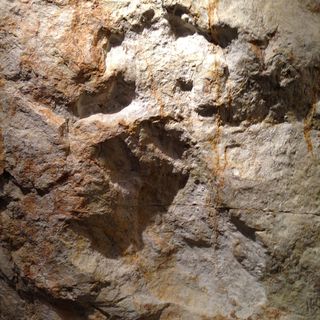
Teensy tracks made by baby stegosaurus dinosaurs more than 100 million years ago, have been unearthed in Morrison, Colorado. The stegosaurus tracks were discovered in 2006 and 2007 in boulders lining a roadway.
Three toes
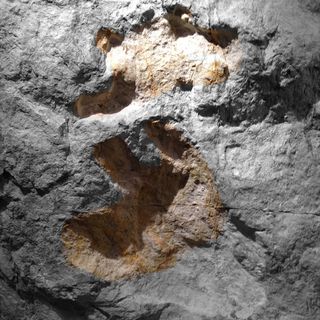
Adult stegosaurus tracks, digitally highlighted for a clearer view of the three-toed back foot. These tracks came from the bone bed where the first specimen of the dinosaur was discovered in 1876.
From long ago
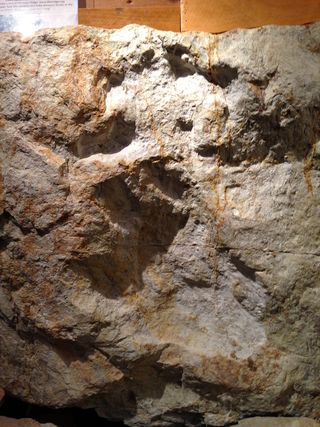
A view of the fossilized adult stegosaurus track from Morrison, Colorado. These Jurassic dinosaurs lived about 150 million years ago.
Seen in 3D
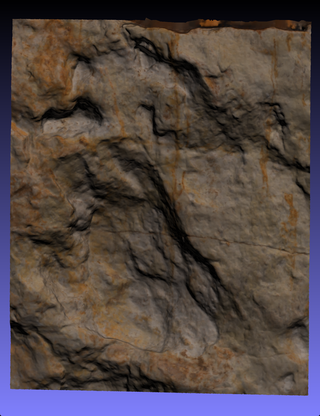
A digitized 3D model of the adult stegosaurus track from Morrison, Colorado. This model was created with a method called photogrammetry, which matches points on two-dimensional images to stitch together 3D models that can be manipulated with an iPad app.
A ancient pet?
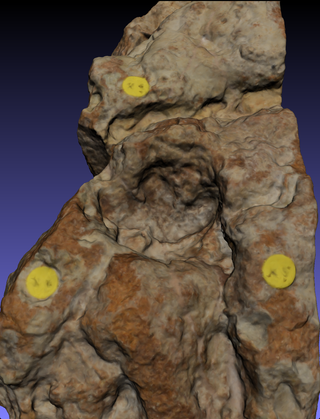
A 3D digital reconstruction of a baby stegosaurus print from the same trackway in Morrison, Colorado. These are the only baby stegosaurus prints ever found, and are about the size of tracks from a kitten.
So tiny!
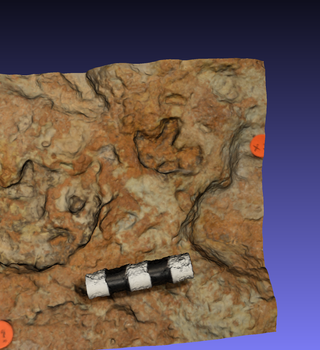
A digital view of the baby stegosaurus print from Morrison, Colorado. Each section of the black-and-white scale bar represents a centimeter.
A closer view
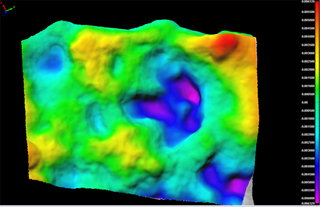
The photogrammetric model allows researchers to rotate the 3D track, alter light direction, color and texture and create maps of the track depth. Each feature enables a closer examination of the fine details of the footprint.
Sign up for the Live Science daily newsletter now
Get the world’s most fascinating discoveries delivered straight to your inbox.
Priceless
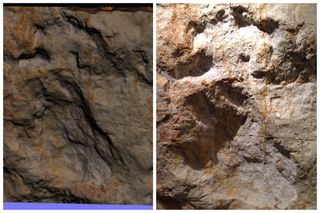
A side-by-side comparison of the 3d photogrammetric model of the adult stegosaurus track with the original fossil from Morrison, Colorado.
Found by accident
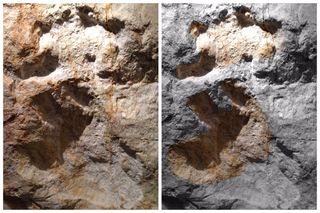
Two photographs of the adult stegosaurus track from Morrison, with one digitally altered to highlight the boundaries of the print. These tracks were found in boulders taken from the original stegosaurus quarry and placed on the side of a road in the late 1930s. It wasn't until a construction project in the early 2000s that the boulders were studied and found to contain stegosaurus tracks.
A big growth curve
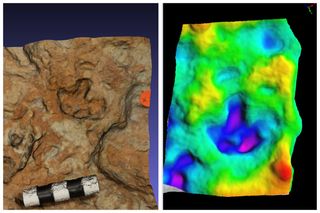
A realistic digital view of the baby stegosaurus track from Morrison, Colorado, alongside a color-coded version of the same print. Purples and blues are the deepest part of the track.
Tiny kiddos
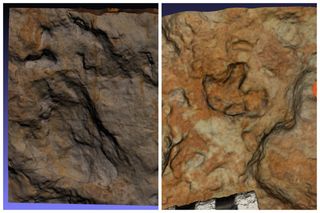
A side-by-side digital comparison of an adult stegosaurus track (left) and a baby stegosaurus track (right) from Morrison, Colorado. Baby stegosauruses would have been small enough to curl up in their parents' footprints.

Stephanie Pappas is a contributing writer for Live Science, covering topics ranging from geoscience to archaeology to the human brain and behavior. She was previously a senior writer for Live Science but is now a freelancer based in Denver, Colorado, and regularly contributes to Scientific American and The Monitor, the monthly magazine of the American Psychological Association. Stephanie received a bachelor's degree in psychology from the University of South Carolina and a graduate certificate in science communication from the University of California, Santa Cruz.











